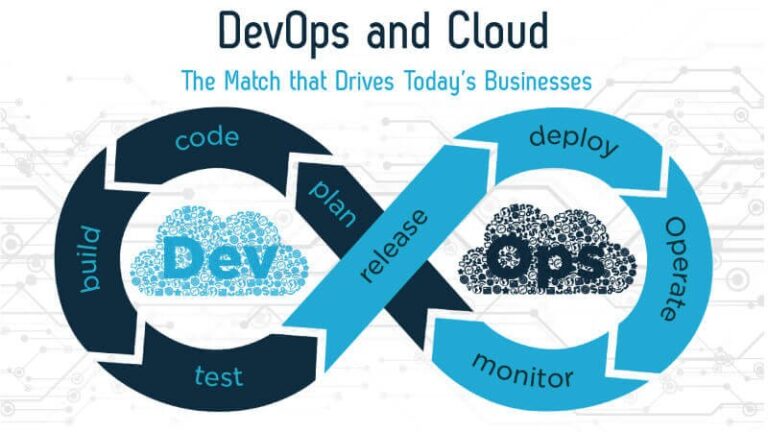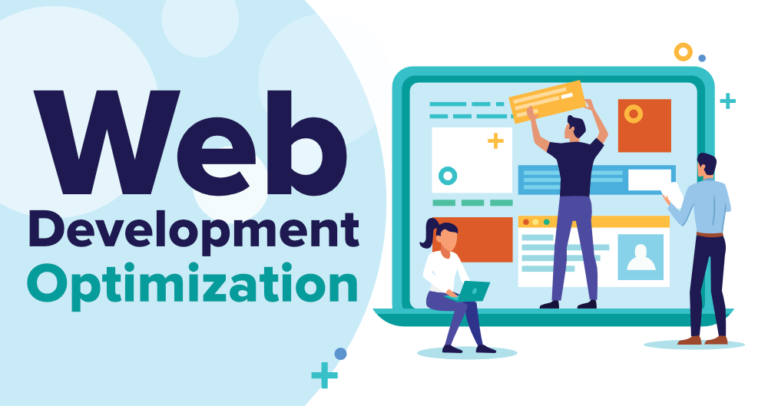APIs (Application Programming Interfaces) are essential in the field of web development because they make it easier for various software systems to communicate with one another. Although they have long been the norm for developing web services, traditional REST (Representational State Transfer) APIs have some drawbacks, particularly when it comes to data fetching. A brand-new query language called GraphQL has become extremely popular in recent years as a result of its capacity to enable flexible and effective data fetching in online APIs. In this post, we’ll examine GraphQL’s principles, advantages, major characteristics, and how it’s changing how data is fetched from and processed by web apps.
GraphQL
At its core, GraphQL is a language for client-side applications to use to query databases. How the data is displayed to the client is specified by GraphQL to the API on the backend. It optimizes client-server interactions by enabling the former to perform precise data requests and acquire exactly what they need. GraphQL redefines developers’ work with APIs offering more flexibility and speed to market.
Facebook originally developed GraphQL in 2012, intending to use it internally for its mobile applications to reduce network use. Python, Java, C#, Node.js, and other popular programming languages now support GraphQL since its specs and reference implementation in JavaScript were made public in 2015. With libraries and strong tools like Apollo, GraphiQL, and GraphQL Explorer, the GraphQL ecosystem is growing.
Why use GraphQL
- Strongly-Typed Schema: The schema in the GraphQL Schema Definition Language (SDL) helps decide the data that is available and the form in which it exists. It specifies all the data types (such as Boolean, String, Int, Float, ID, and Scalar) supported by the API. GraphQL is less prone to errors thanks to this strongly-typed schema, which also offers additional validation. For compatible IDEs and code editors, GraphQL also offers auto-completion.
- Saves Time and Bandwidth: By allowing numerous resource requests to be made in a single query call, GraphQL reduces the number of network round trips to the server, saving time and bandwidth. Additionally, it aids in preventing waterfall network requests, which need the resolution of resources that are reliant on earlier requests. Take the homepage of a blog, for instance, where you need to show several widgets like the most recent posts, the most read posts, categories, and featured posts. Displaying them would require at least five REST architecture requests, but utilizing GraphQL, a similar scenario just calls for one request.
- Versioning is not necessary: In the REST architecture, new versions are created by developers as resources or the request/response format of the resources changes over time (e.g., api.domain.com/v1/, api.domain.com/v2/). Thus, keeping versions current is a typical practice. Version management is not necessary with GraphQL. The URL or address for the resource doesn’t change. You can replace outdated fields with new ones. This strategy makes sense because the client is alerted to a deprecated field when querying it.
Key Features of GraphQL
- Single Endpoint: GraphQL has a single endpoint, unlike REST APIs, which often have several endpoints for various resources. This endpoint receives GraphQL queries from clients, and the server answers with the requested information. This makes client-server communication easier, lowers network load, and enables clients to collect all necessary data in a single round trip.
- Real-time Updates via Subscriptions: GraphQL has a feature known as subscriptions that enable clients to receive real-time updates from the server. Customers can subscribe to particular data updates and get push notifications whenever such changes happen. Because of this, real-time applications like chat systems and live dashboards may be built with GraphQL.
- Strong Typing System: The data’s structure and the actions that can be carried out on it are both specified by GraphQL’s strong typing system. Clients can now validate their queries against the schema and, in the event of failures, receive informative errors thanks to this. The type system enhances the development process by offering auto-completion and documentation features.
- No versioning: In a REST architecture, it is normal practice to keep versions as developers produce new iterations as resources or request/response structures change. The resource URL remains the same regardless of whether you add or remove fields in GraphQL, though.
When to Use GraphQL?
The following scenarios benefit from GraphQL the most:
- Apps for devices like smartphones, smartwatches, and Internet of Things (IoT) devices, where bandwidth utilization is important.
- Applications where retrieving layered data in a single request is necessary. For instance, entries on a blog or social networking site must be collected along with nested comments and information about the commenter.
- A composite pattern is when a program obtains information from various storage APIs. As an illustration, consider a dashboard that collects information from several sources, including logging services, backends for consumption statistics, and external analytics tools to record end-user interactions.
- Client-side proxy patterns; GraphQL can be used as an abstraction on top of an existing API to allow each end-user to customize the response structure based on their requirements. For instance, clients can use a common API given by FireBase as a backend service to develop a GraphQL definition customized to their requirements.
Performance Comparison of GraphQL vs REST APIs
When assessing any technology, performance is a crucial factor, and APIs are no exception. Let’s compare the performance features of the GraphQL and REST APIs in detail.
Use Cases for GraphQL
- Content Management Systems (CMS): CMS platforms work with a variety of content formats and data structures. Building CMS APIs using GraphQL is a great option since it enables clients to quickly get specific data structures and has versatile querying capabilities that can navigate complex relationships.
- Single-Page Applications (SPAs): To offer a seamless user experience, SPAs frequently need flexible and effective data fetching. Because of its declarative style and capacity to only get the necessary information, GraphQL is a great choice for SPAs because it minimizes the amount of data exchanged while enhancing performance.
- Applications for mobile devices: Due to their often-limited resource availability, network connectivity, and diverse device capabilities. The flexibility of GraphQL to request specific data and optimize network utilization makes it well-suited for the creation of mobile apps, guaranteeing a seamless user experience even in difficult circumstances.
- Internet of Things (IoT): Real-time data streaming and updates are common in IoT applications. Building IoT APIs and dashboards is suited for GraphQL because of its subscription functionality, which allows clients to receive real-time updates from IoT devices.
Challenges and Things to Think About
- Complexity and over-fetching: GraphQL queries can occasionally get complicated, and clients may unintentionally request more data than is required. To prevent overfetching and guarantee optimal data retrieval, careful query design and monitoring are necessary.
- Security and Authorization: GraphQL queries have the potential to be complicated and let customers ask for any kind of data. To avoid unauthorized access to sensitive information or potential Denial-of-Service (DoS) attacks, it is crucial to adopt appropriate security measures and permission methods.
- Learning curve: Developers must master the new concepts and syntax introduced by GraphQL. Teams used to using conventional REST APIs may find this learning curve particularly challenging. The advantages of GraphQL, however, outweigh the early learning expense.
With its declarative query language, speedy data retrieval, and adaptable replies, GraphQL revolutionizes the API development scene. GraphQL facilitates more effective communication between clients and servers by giving clients fine-grained control over their data needs. The strength and potential of GraphQL in the contemporary API landscape are demonstrated by its thriving ecosystem and expanding usage across a wide range of domains. Adopt GraphQL to expand your options for developing flexible, effective APIs.








